Not every street car is built with stoplights and parking lots in mind. Some of them come from the factory so close to full-blown race cars, you half expect to see a roll cage and pit crew standing by. These machines weren’t made just to look fast—they were built to blur the line between road and track.
Here are five street-legal supercars that feel like they belong on a starting grid.
McLaren P1 GTR (Street-Legal Conversion)
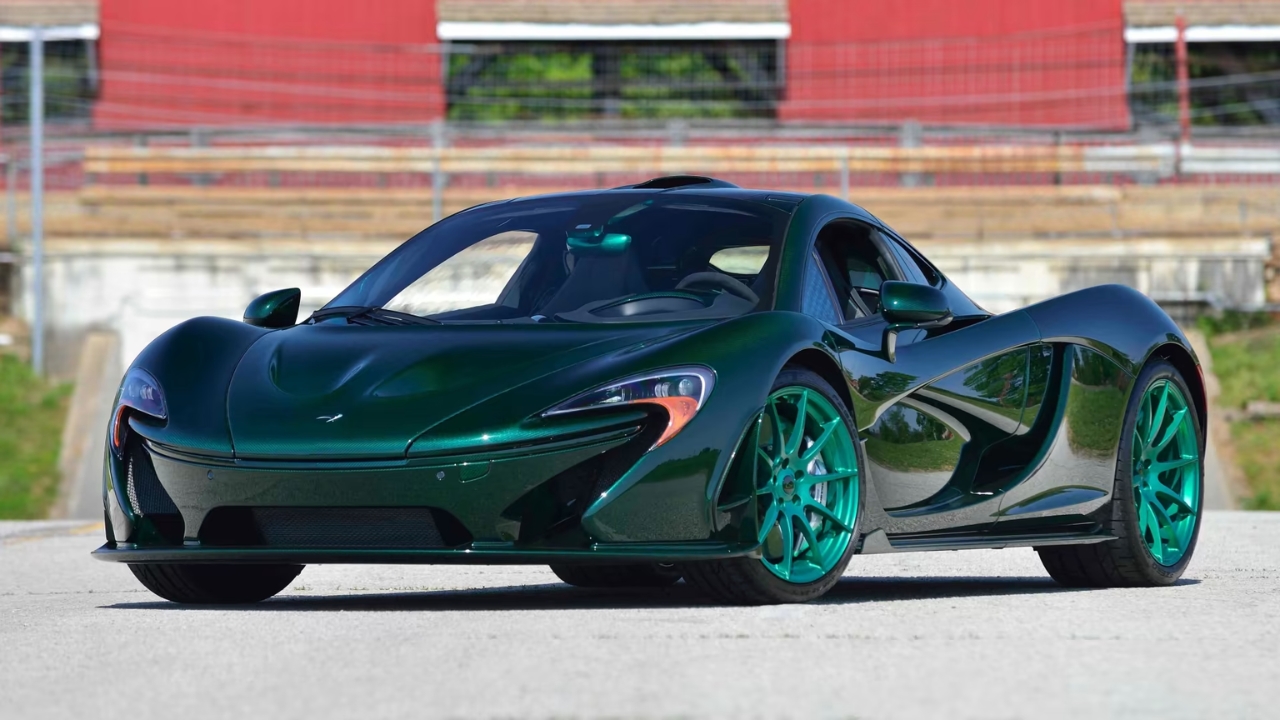
The McLaren P1 GTR wasn’t originally built for the road—but some lucky owners had theirs converted. Based on the track-only version of the P1, the GTR comes with a hybrid twin-turbo V8 setup pushing out 986 horsepower. That’s nearly 200 more than the already bonkers road-going P1.
It also gets track-tuned suspension, slick aero bits, and center-lock wheels. The Lanzante conversions added just enough to make it street legal—barely. You’re not likely to see one in traffic, but if you do, know that it’s basically a Le Mans prototype with license plates.
Porsche 911 GT3 RS
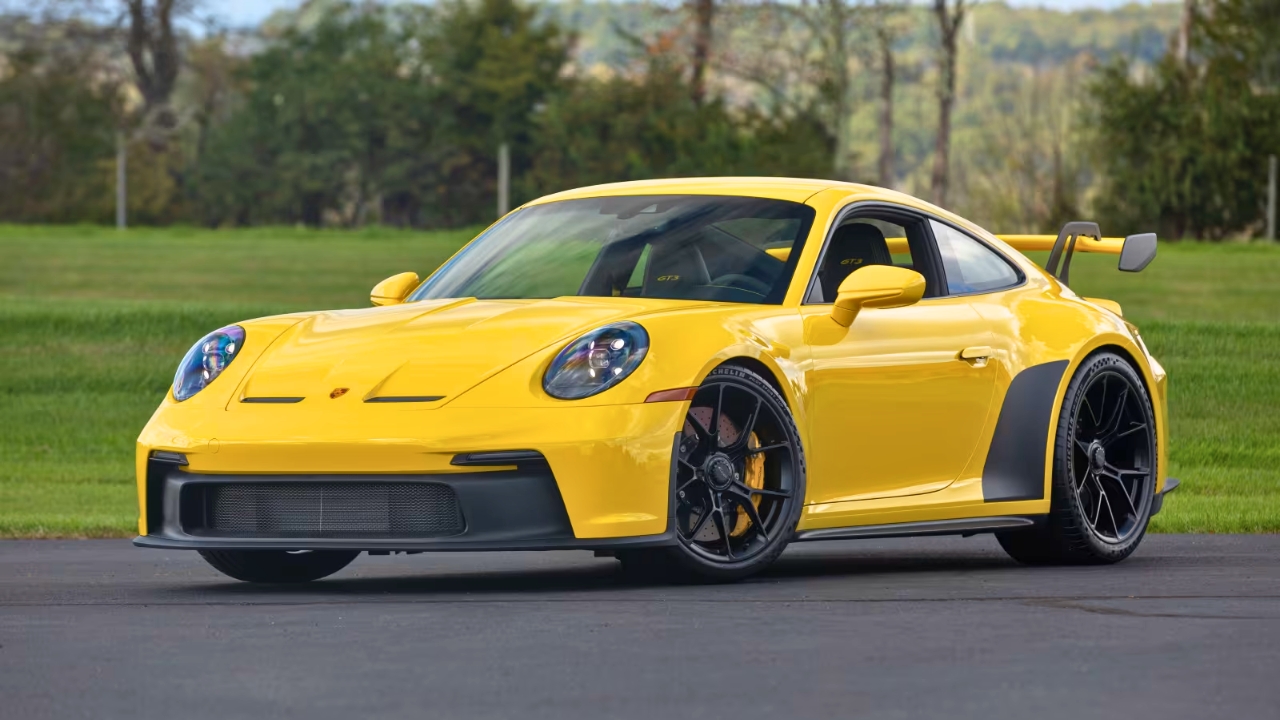
Porsche didn’t pull any punches with the 911 GT3 RS. This is about as close as you can get to the company’s GT3 Cup race cars while still being able to hit the grocery store. Its 4.0-liter naturally aspirated flat-six revs to 9,000 rpm and delivers 518 horsepower straight to the rear wheels.
It comes with center-lock wheels, adjustable suspension, a carbon-fiber roof, and optional magnesium wheels. Add in the roll-cage-ready rear seat delete and racing harnesses, and the GT3 RS is basically a street-legal pit stop from a full race car.
Ferrari FXX-K Evo (Track-Only, But There’s a Catch)
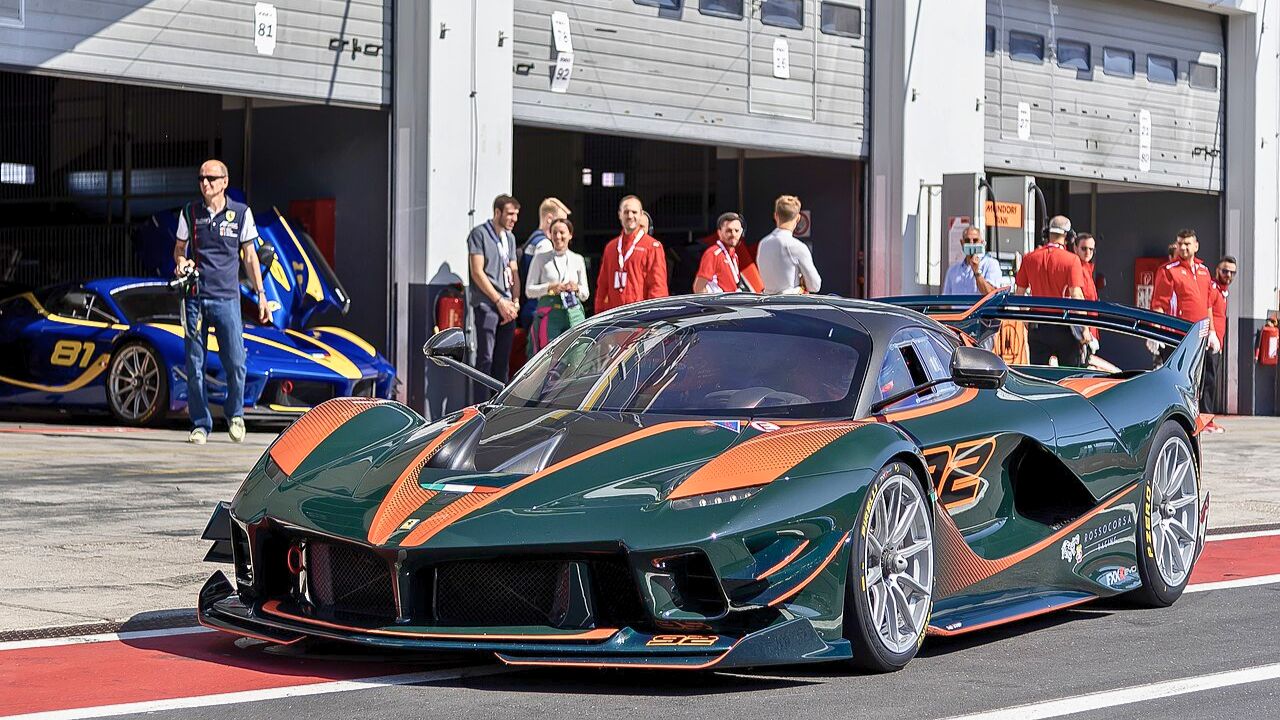
Okay, technically the Ferrari FXX-K Evo isn’t street-legal—but we’re including it for one reason: Ferrari has been known to register ultra-rare cars for certain owners under special exceptions. The FXX-K Evo is based on the LaFerrari, but it ditches road-going comfort in favor of downforce and data telemetry.
It produces over 1,000 horsepower from its hybrid V12 drivetrain, and Ferrari offers a support program that stores, transports, and preps your car for track days. While you won’t see one cruising downtown, this thing is the blueprint for what track-focused performance looks like.
Aston Martin Valkyrie
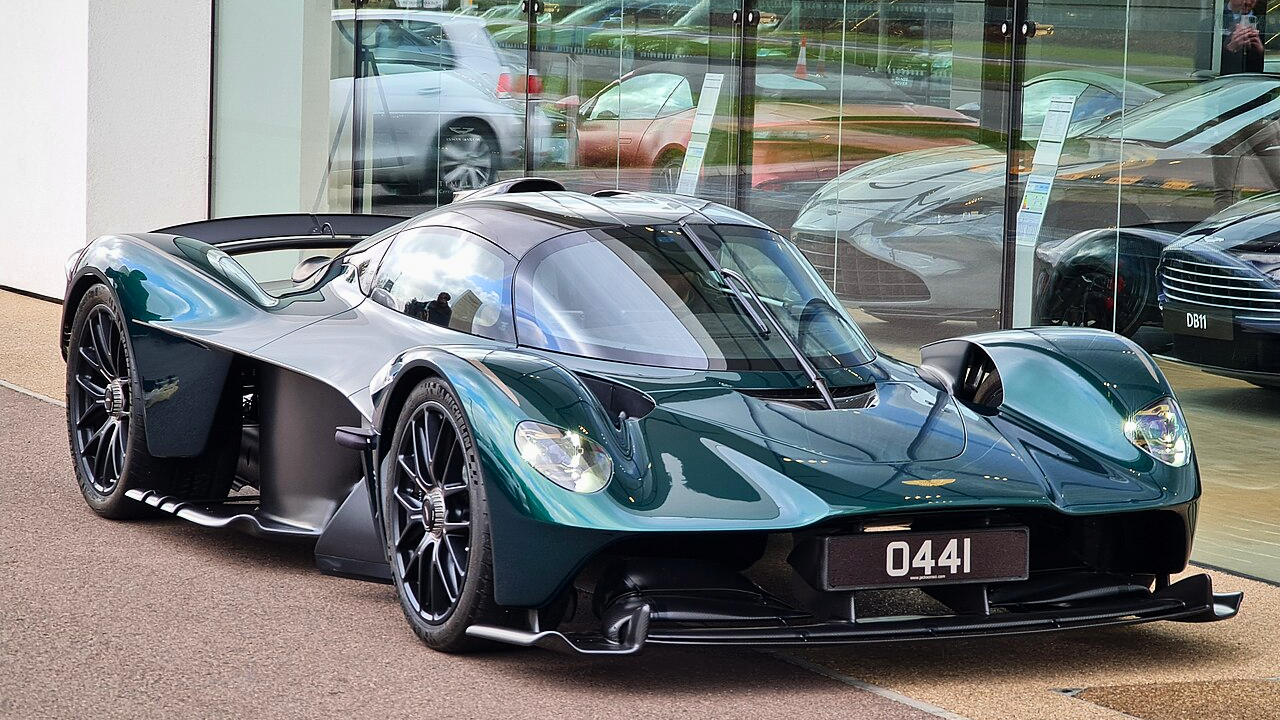
It uses F1-grade aerodynamics, a carbon monocoque, and active suspension. Inside, it’s stripped down with just enough creature comforts to meet street regulations. You’ll need a brave right foot and probably a chiropractor—but it’s legal, and that’s kind of wild.
The Valkyrie feels like someone built a Le Mans hypercar, then asked, “What if we put turn signals on it?” Co-developed with Red Bull Racing, the Valkyrie features a 6.5-liter naturally aspirated V12 revving to 11,100 rpm and pushing out 1,160 horsepower combined with hybrid assist.
Mercedes-AMG One
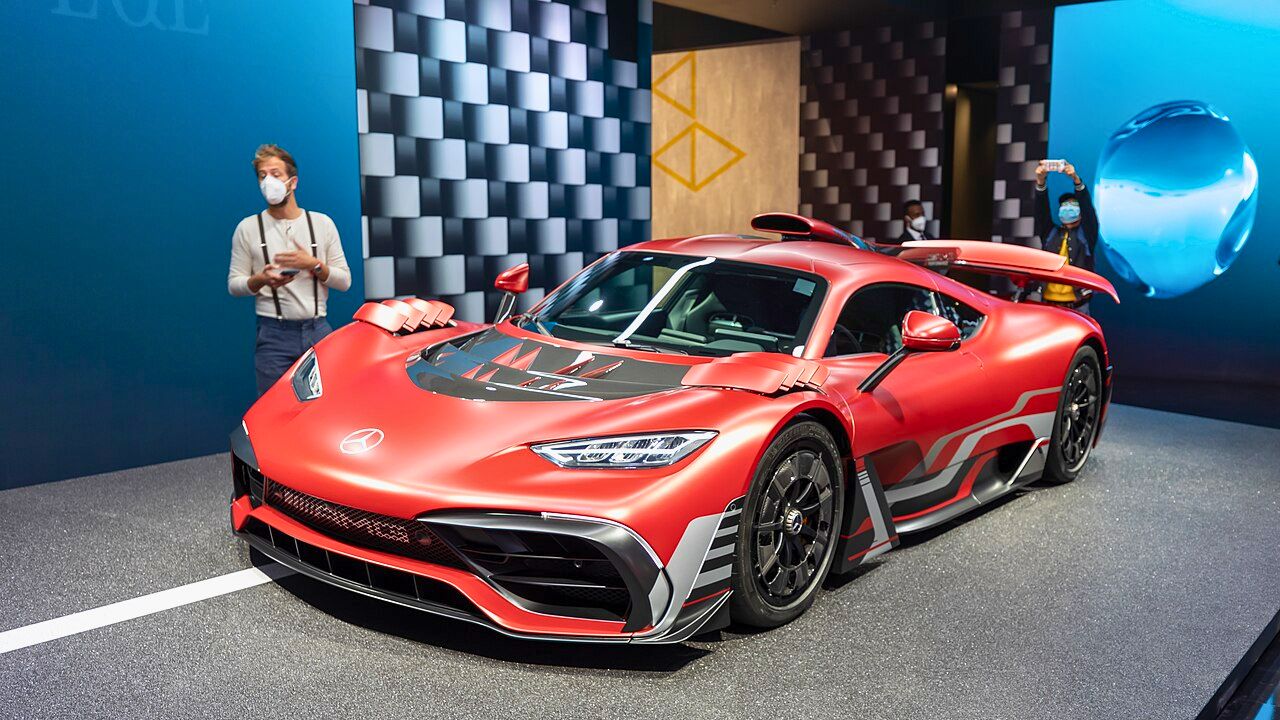
The Mercedes-AMG One might be the most extreme example of race tech crossing over to the street. It’s powered by a 1.6-liter turbocharged V6 hybrid—the same engine architecture used in Mercedes’ Formula 1 cars. Producing 1,049 horsepower, it comes with four electric motors, active aero, and a ton of F1-derived software.
Its development took years because getting an actual F1 powertrain to meet emissions and road regulations wasn’t easy. But they pulled it off, and now you can buy a car with real-deal Formula 1 DNA that you can technically drive to work.
*This article was hand crafted with AI-powered tools and has been car-fully, I mean carefully, reviewed by our editors.

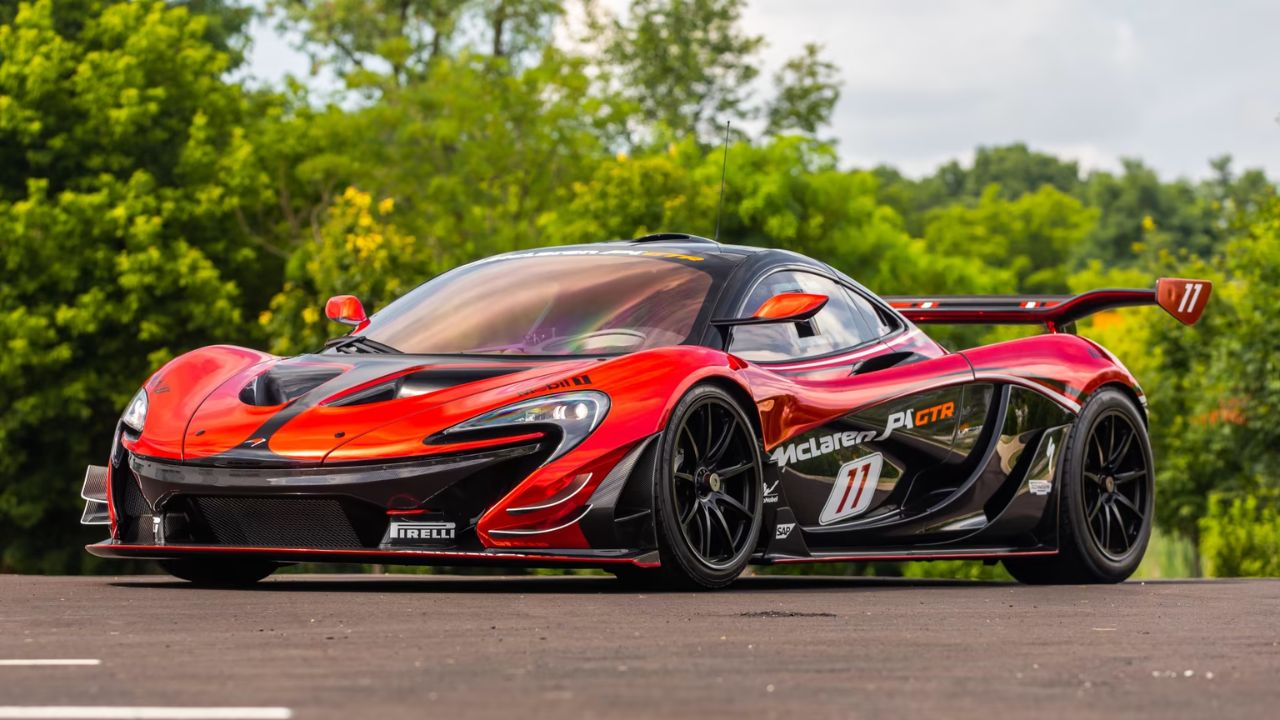


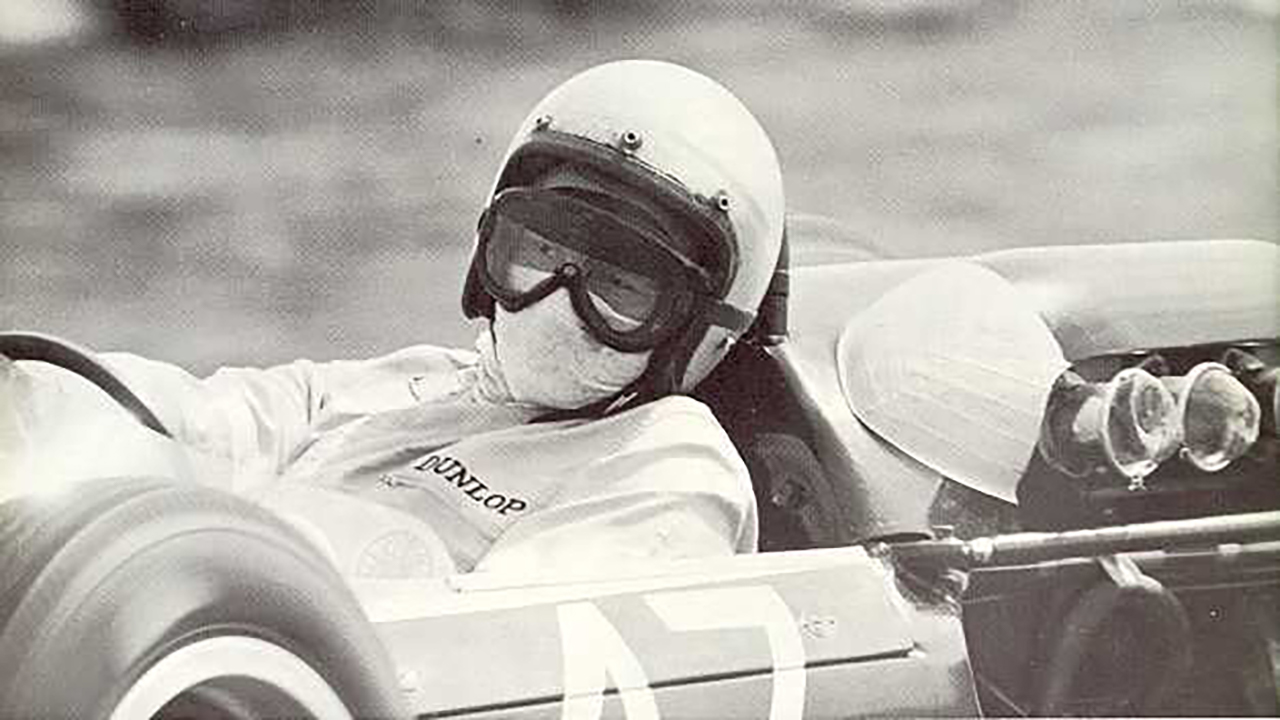
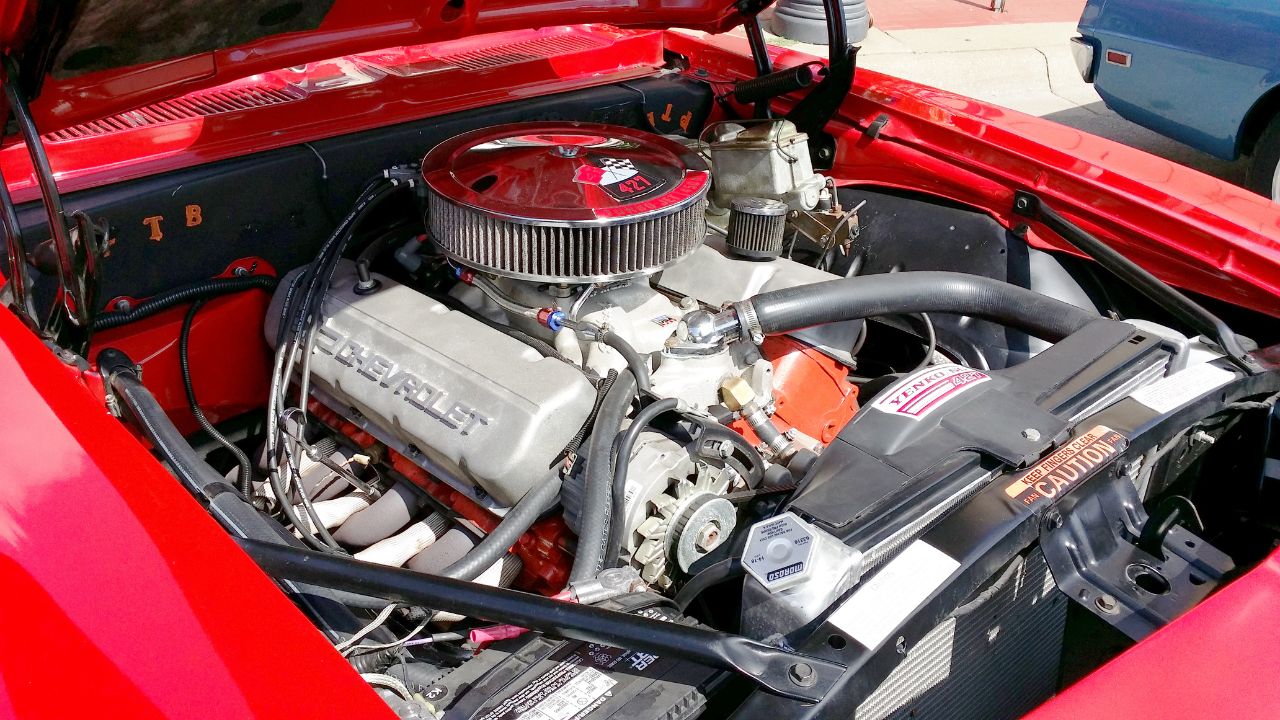
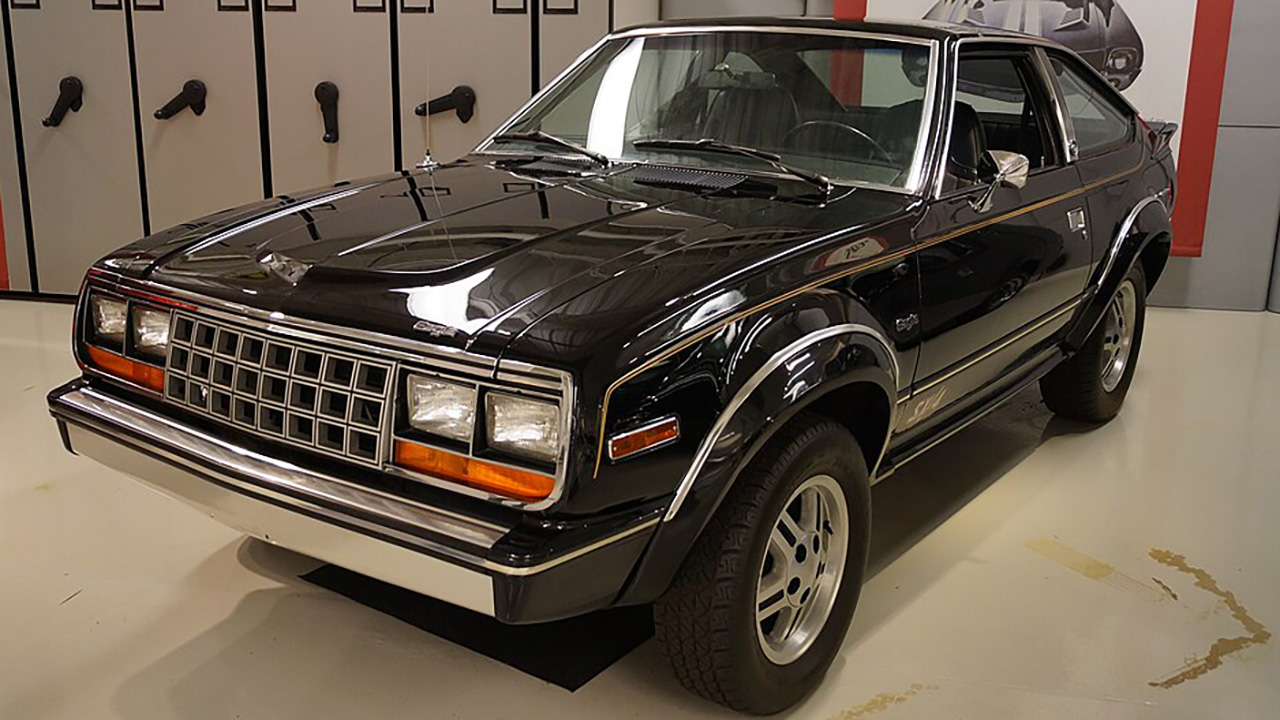
Leave a Reply